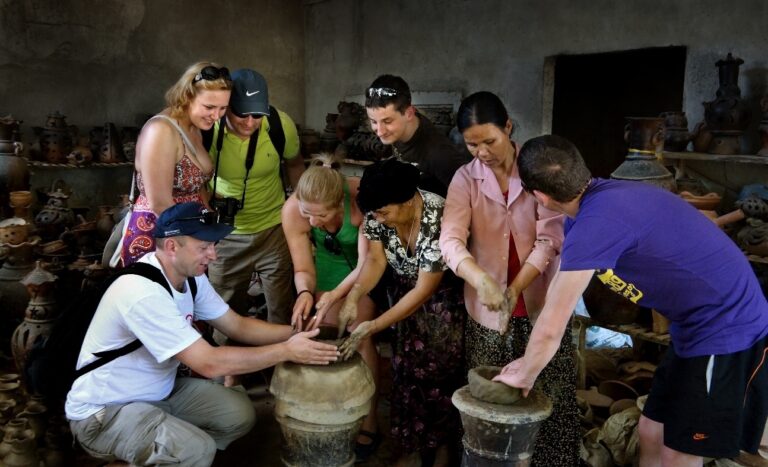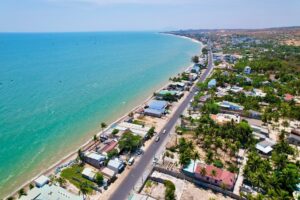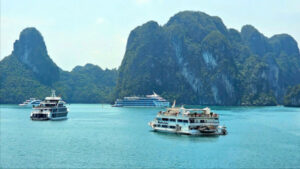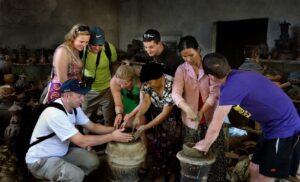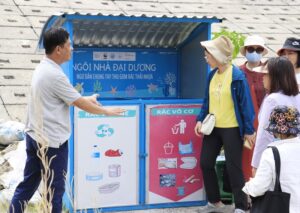The air quality of Vietnam's urban centers has been degrading with the pollution reaching alarming levels in some areas, many areas of environmental pollution problems have been at an alarming rate. In major cities, road motor vehicles are the main culprit causing air pollution problems.
Nguyen Hoang Duc, a senior official of the Ministry of Natural Resources and the Environment (MONRE) said on Dai Doan Ket newspaper that the air pollution in urban areas caused by the transport vehicles accounts for 70-80 percent. Meanwhile, other emission sources include the industrial production, mining activities, construction, emissions from other sectors and human activities just account for a smaller proportion of the total emission that pollutes the air.
Therefore, the traffic pollution has been found as the one of the biggest reasons behind the air in urban centers. Duc said that while Vietnam has the regulations on the punishment levels on the water pollution and solid waste, it still does not have a perfect legal framework to control the air quality. Meanwhile, the urbanization process has been speeding up in big cities in Vietnam, especially in Hanoi, Da Nang and HCM City.
MONRE has reported that in Hanoi, the air pollution has exceeded the allowed level with the dust concentration higher by 1-2 times than the allowed level. Especially, at construction sites, the air pollution is higher by 5-6 times.
“Currently, the indexes of NO2, SO2 and Benzene in the air are still within the standards. However, the worrying problem is that the pollution emissions have been increasing,” Duc warned.Mare Cagnard from UBIFRANCE also said at a recent workshop in Hanoi on the air pollution control--that the 4 million private transport vehicles are the main culprit that causes the traffic jam and the serious air pollution in the city.
Experts believe that the transport pollution problem needs to be settled with comprehensive measures, from the urban development programming to the encouragement of public transport vehicles, and of the transport means which do not cause pollution.
Bernard Favre, a senior executive of ARIA Technologies, also said that it is necessary to consider the development of public transport means as the most important measure to ease the traffic congestion and pollution, while applying the measures to ease the private transport vehicles and collect environment fee.
Pham Thi Quynh Nhu, Secretary General of the Clean Air Network in Vietnam under the Clean Air Initiative Asia (CAI-Asia) said that it is necessary to expand the network of pollution measurement stations.
However, Nhu said that in order to have accurate assessment about the air situation, scientists need reliable input materials. Meanwhile, it is not easy to access the database on the issue. In many cases, the agencies which have database about the air pollution do not want to share information.Thoi bao Kinh te Saigon has quoted some official statistics sources as saying that after 25 years of doi moi (renovation), Vietnam now has 760 urban areas with the urbanization rate at over 31 percent. Under the overall development of the national urban centers by 2015, Vietnam would have 870 urban areas of different classes, an increase of 100 areas.
Regarding the plan to encourage public transport means to help ease the traffic jam, Yoshio Wada, a senior Japanese official on urban development, said that this is simply one of the suggested measures. In order to settle the problem to the every root, it is necessary to share the urban functions of Hanoi with other cities.


